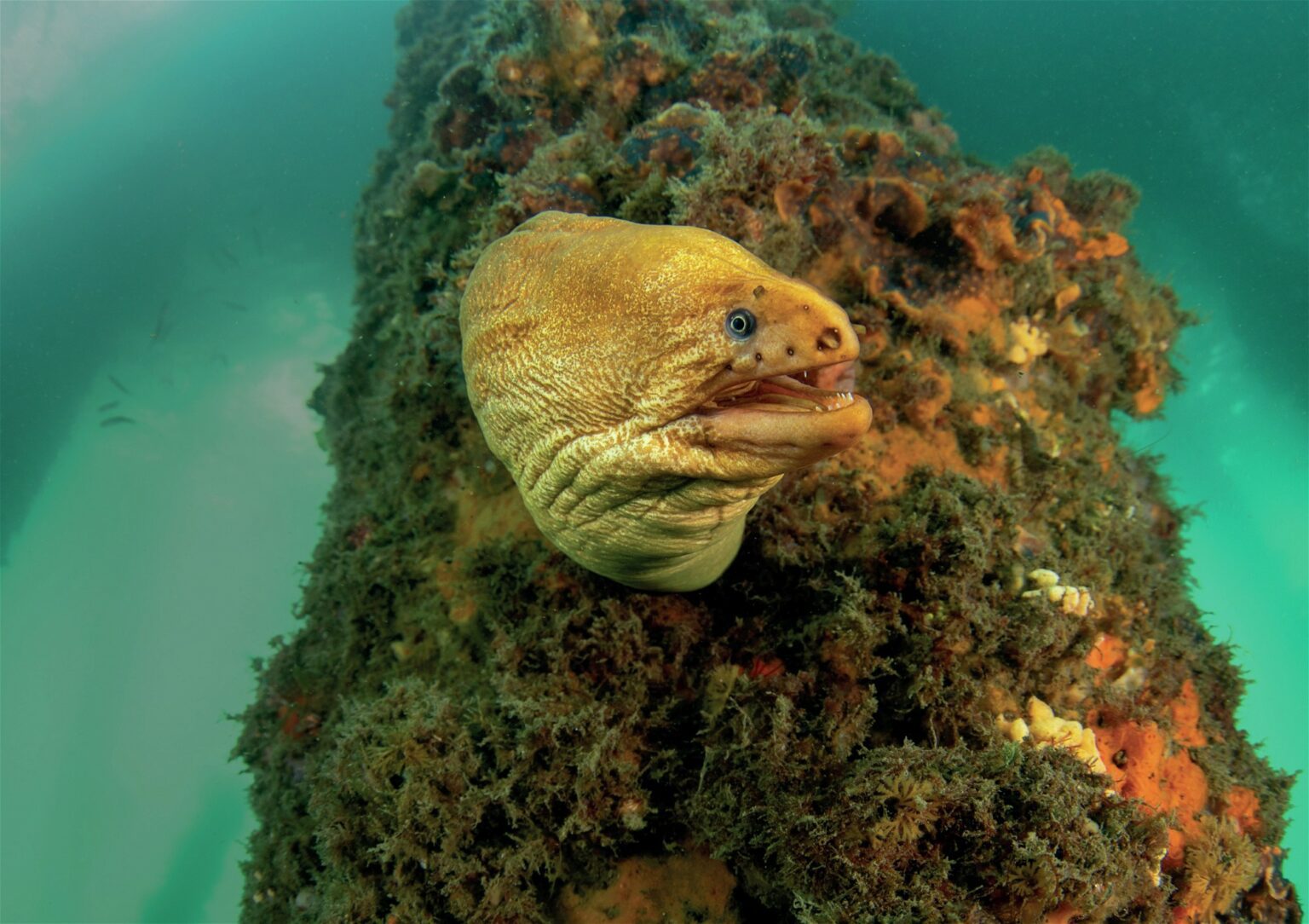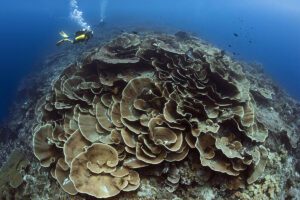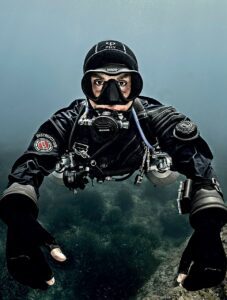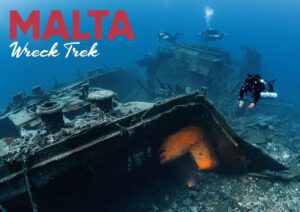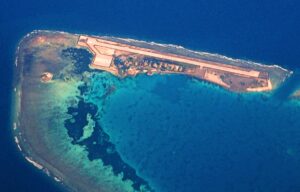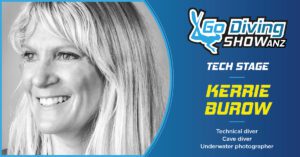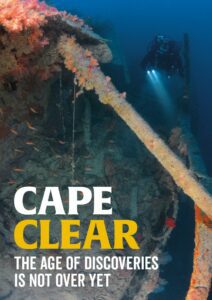Muck Diving in Sydney's Chowder Bay
How many divers love to travel overseas for a dive holiday? How many can afford to do this too often? Jayne Jenkins has somewhere to satisfy a love of muck on the doorstep.
One of my favourite type of dives is muck diving and I love areas such as Lembeh, but being a Sydney local, I am lucky to have a muck site on my doorstep. Located eight kilometres NE from the city of Sydney, Chowder Bay is part of Sydney Harbour National Park. The bay was named after whalers who set up a whaling station in colonial times and with the abundance of marine life there, they made and ate a seafood stew or ‘chowder’.
History of Chowder Bay
In 1871, a rather grand hotel was established at Chowder Bay with a huge dancefloor and by 1885, a new pavilion accommodated up to 5,000 people, with a bathing machine giving visitors a ‘bath’ in the sea without fear of sharks!
In the 1890s, Chowder Bay played an important role in the defence of Sydney. A base was built in the bay for Submarine Mining Corps. Here mines were attached to underwater cables stretching across the harbour, designed to detonate if any enemy ships were to enter Sydney harbour.
By the 1970s, Clifton reserve was re-landscaped, and all the remaining pleasure ground structures demolished. On a clear day it is still possible to see the remains of the pleasure park and dive along the remains of the structures. Today, the Harbour Trust maintains Chowder Bay for the public to enjoy.
Chowder Bay's Rich Marine Life
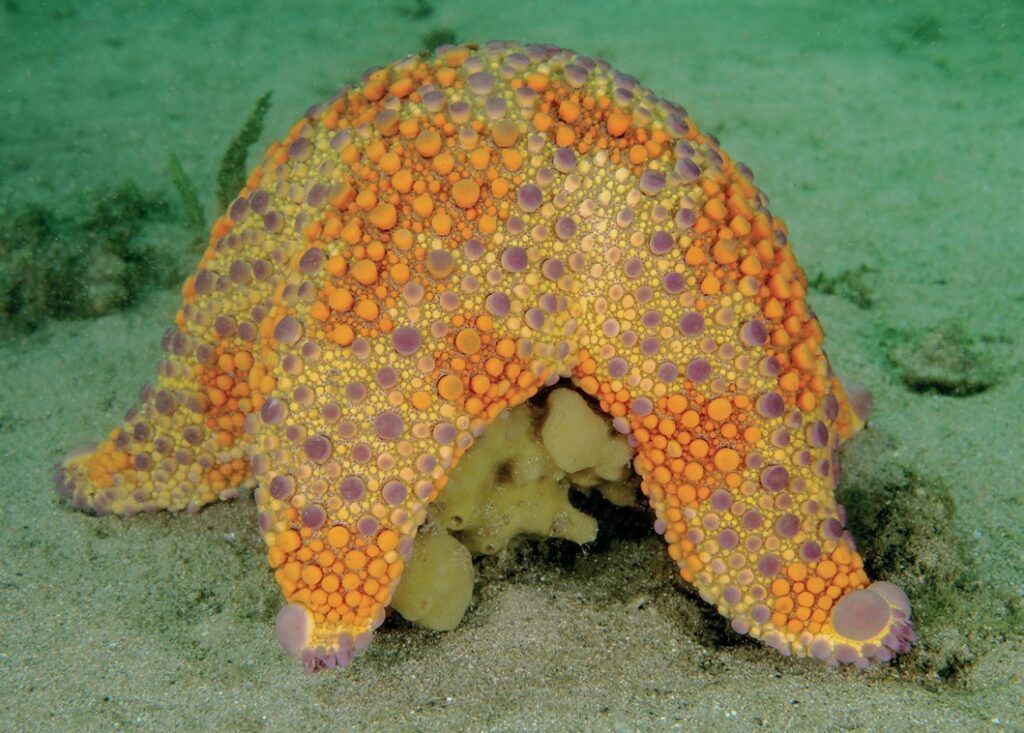
Possibly, partly due to the East Australian Current – yes, the EAC made famous by Finding Nemo – Chowder Bay still has a huge diversity of marine life. During the summer months thousands of tropical fish are swept along from the Great Barrier Reef to Sydney Harbour and even further south by the powerful EAC. These accidental visitors arrive around December time and stay during the warmer water period.
As the site is on Sydney Harbour, the visibility there is generally not amazing, but the marine life surprises and astounds most visitors. In among the rubble, silty sand and pylons, if you take your time and look for the smaller life, you will be surprised. At this dive site, you will find marine life that will rival any great muck diving sites such as Lembeh.
Did you know?
Moray eels are renowned for their ability to strike at lightning fast speed at night. Their favourite choice of prey is usually weakened or dead too. When you can’t see well, it’s much easier to detect and catch if you have a good nose.
The Dive Site and Its Surprises
First appearances of the area are deceiving. A pretty beach with a park, restaurant, and home to Sydney Institute of Marine Science building, plus a jetty with netted off swimming enclosure. But what lies below the jetty surface is what is the greatest surprise.
Whites Seahorses at Chowder Bay
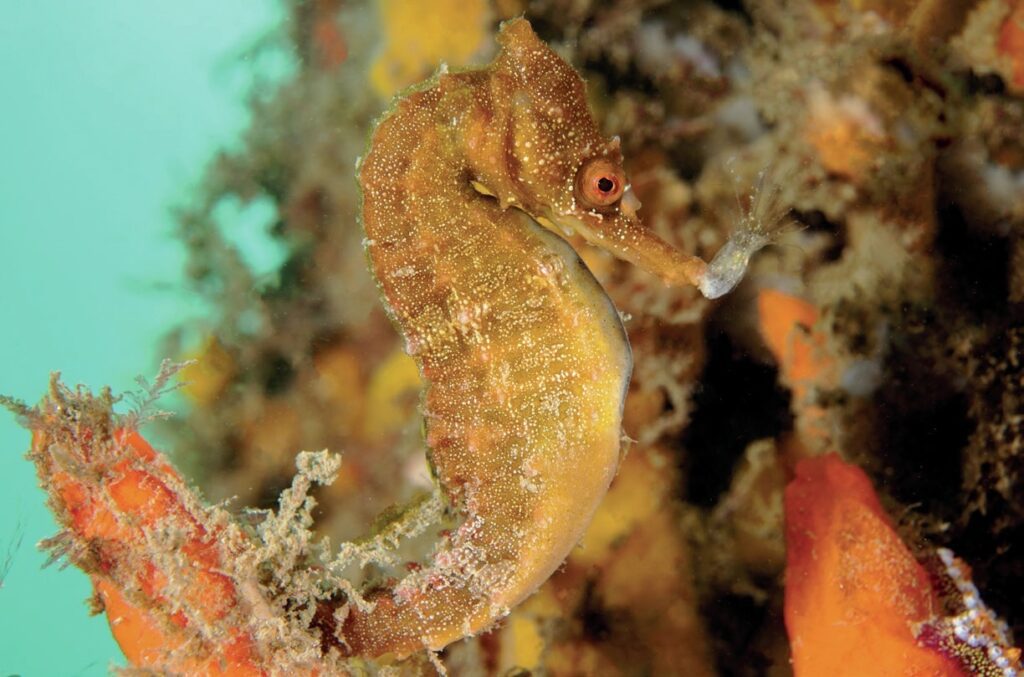
The swimming enclosure nets are one of the highlights of the site and make entry and exit very easy.
The nets are home to many Whites seahorses. Whites seahorses are endemic to the east coast of Australia, with the largest population being in Sydney harbour, which is why they are sometimes known as the Sydney seahorse. They are now protected having been classified as endangered due to recent declines. To help the population decline to survive, marine scientists released aquarium-bred seahorses at ‘seahorse hotels’ in Chowder Bay. These seahorses are tagged and regularly monitored for the programme. It is always a thrill seeing a tagged seahorse knowing that they have survived. Although they are called Whites seahorses, they come in a variety of colours, generally blending in with their background. The seahorses are also found on the pylons under the jetty, attaching themselves to the sponges and feeding on the tiny crustaceans floating in the water columns. Seahorses are constant feeders and very fast when sucking in their prey from as far as 3cm away. They also mate for life and have a wonderful relationship where the male gives birth.
Chowder Bay is the biggest breeding area for Whites seahorses in Australia and, I have been advised, the world. How lucky are we to have this on our doorstep all beneath Sydney Harbour. Other seahorses at Chowder Bay are the pot belly or big belly seahorse – larger in size and not so common, but very photogenic.
Did you know?
Up until recently, the eastern side of the Chowder Bay was off limits to the public. It was home to a naval base with historic buildings originally used as a Submarine Miners Depot.
Exploring Under the Jetty
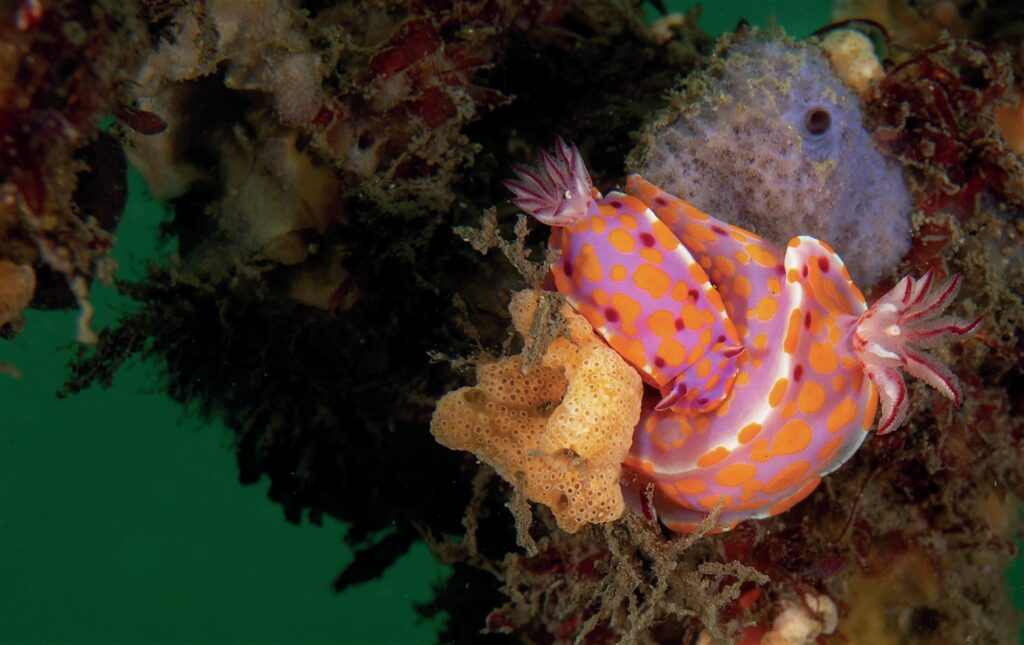
By venturing under the jetty and swimming around between the pylons there is so much life. Apart from the colourful sponges and corals on the pylons, there are resident moray eels that always hang out to say hello. The most-common morays at Chowder Bay are the green moray (although they look orangey in colour) and the sieve pattern moray, not quite so common. The look fierce but they breathe through their mouths and will not bother you at all, another great photo subject. When they find a comfortable home, they generally stay around for quite a while and have been known to share.
Another species that can be found under the jetty is the octopus. With eight arms, three hearts and blue blood, octopus are one of the most entertaining of all the marine life at the jetty. They are inquisitive and love bright coloured shells to decorate their home – this is how you will find them, by looking for their garden. Sadly, they will die after mating but hopefully some of the 200,000-odd eggs she may have laid will survive as she will guard her eggs until they hatch.
Colourful pygmy leatherjackets love to play around the pylons and watching their mating habits as they chase each other around is another great camera subject. Nudibranchs for the dedicated macro diver are always found either on the pylons, the nets or just cruising in the sand and rubble. One of my favourites is the Armina nudibranch or sea slug. Normally buried in the sand, this quite large, black and white striped nudibranch comes out to feast on sea pens. It is quite sad to see the sea pen after it has feasted, but fascinating to watch or photograph.
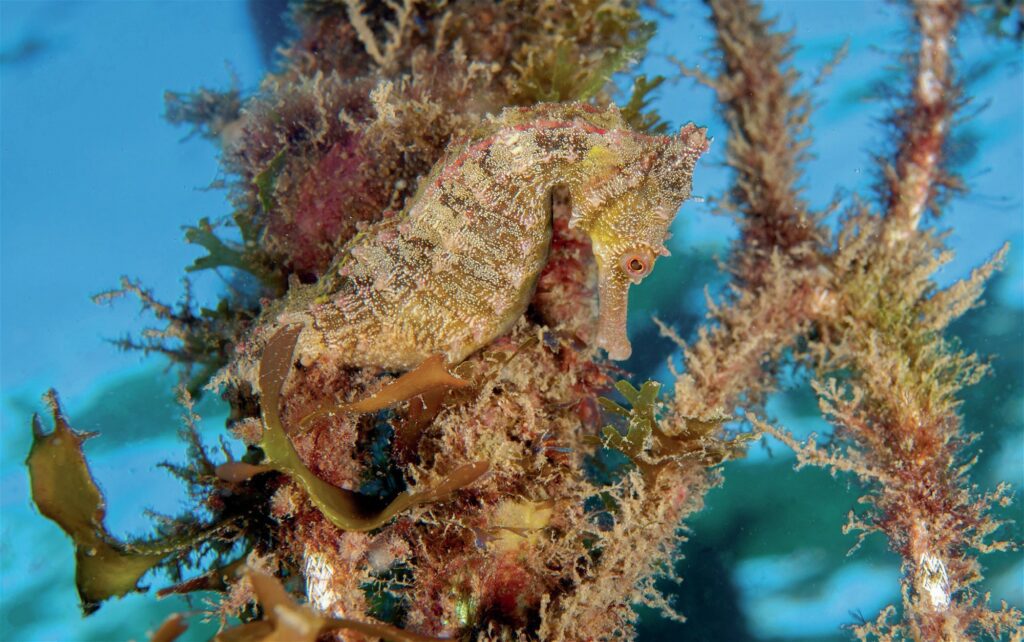
Frogfish and Ghost Pipefish
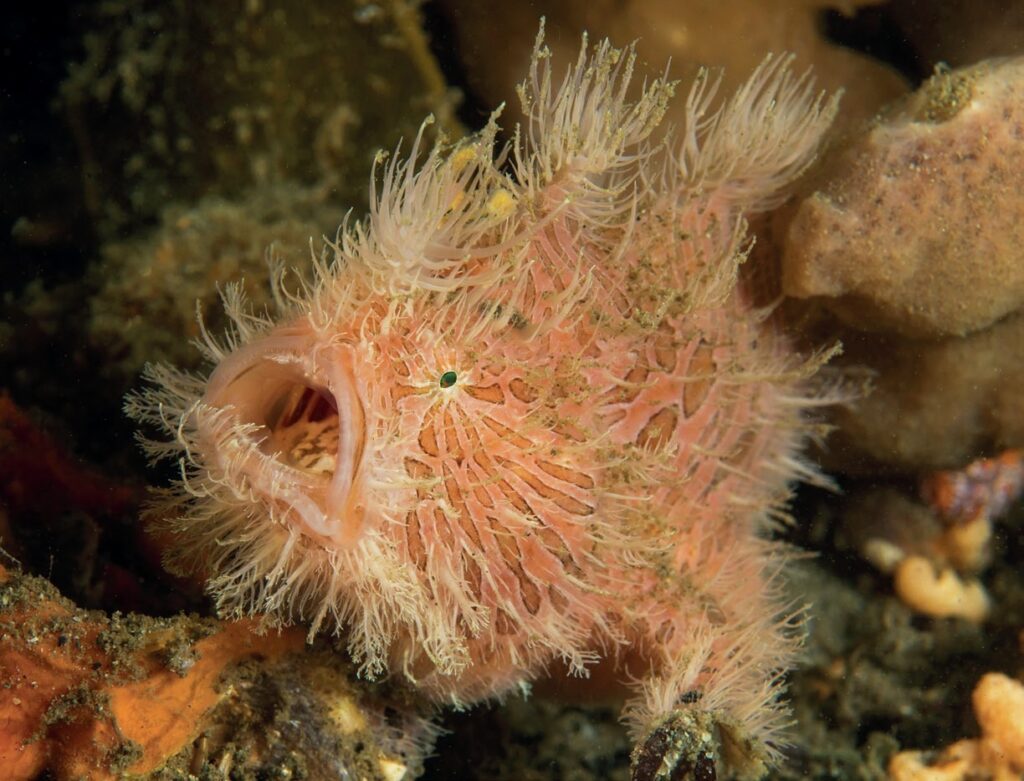
One of the highlights at Chowder Bay and my personal favourite is the frog/anglerfish. Most divers in Sydney love finding a frogfish, not always easy as they have a textured exterior which helps them to blend in and stay camouflaged. The jetty and pylons seem to be a place they like to visit, and they can ‘fish’ for their food staying quite camouflaged.
We are lucky at Chowder Bay to have had many different frogfish visits over the years. From the hairy or striated frogfish to the variety of painted frogfish. The colours have been from bright red, yellow, grey and a mixture, to the mostly seen black frogfish. They can be around for months at a time, and we can follow their growth from the tiny baby stage to a totally different-looking adult. I feel quite privileged to have been able to observe this over the years.
Other rarer and warm water visitors are the ornate and robust ghost pipefish. They drift in when the water is warmer (about 21 degrees C) on the EAC. To see such beautiful marine life on your own doorstep is amazing. They generally come in pairs, and we have witnessed eggs and it is the larger female that carries them as they are not part of the seahorse family, they belong to the Solenostomidae, while seahorses are the Sygnathidae. They are masters of disguise and very hard to find but will generally stay in the same area. I think they come into Chowder Bay as they love shelter and not current, so they have protection under the jetty.
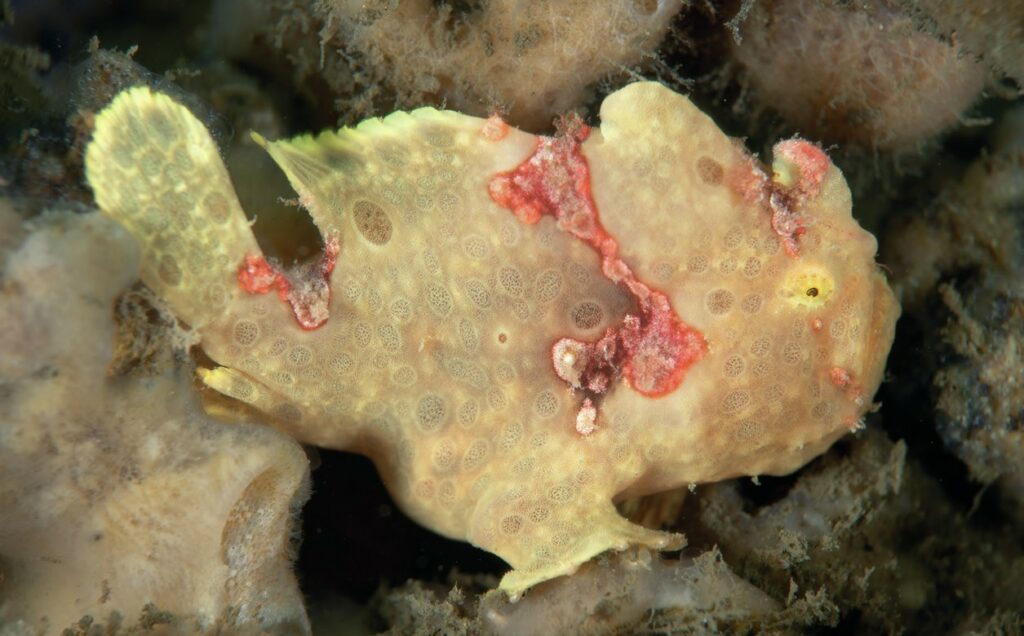
Seasonal and Tropical Visitors
The Chowder Bay visitors in the past have been the green, red and brown robust ghost pipefish and the very fragile red and yellow ornate breed. They are very seasonal and just for a few months while the water is at its warmest. Other tropical visitors in the past have been batfish, mantis and coral banded shrimps – you never know what you are going to see on a dive there.
More Marine Life and Night Diving
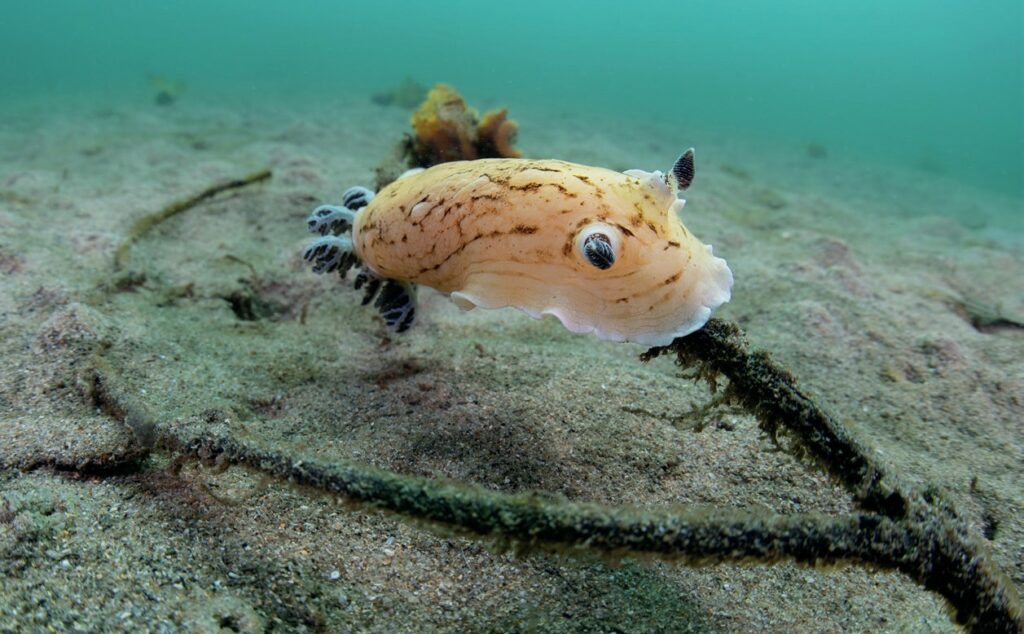
There is so much marine life at Chowder Bay that you can spend hours just cruising around and looking. Being mesmerised by the cuttlefish especially during mating season, the displays are amazing. The way they chase the female and protect her once she is theirs. Also, we cannot forget the blennies’ that hide in the bottles and never stay still for a photo. The hermit crabs scuttling around sometimes looking for a bigger home. Pufferfish always peaking around corners, but hating cameras.
Two of the most-famous characters are the big smooth or bull rays that come to clean up the fishing debris but also silting all the water. Night dives are also a must and with such ease to enter the water and an easy navigation for all standards of divers. Night dives bring out the bluelined octopus, pyjama squid and bubble shells plus all nudibranchs and squid, including the bobtail squid.
Shipwrecks and Larger Fish
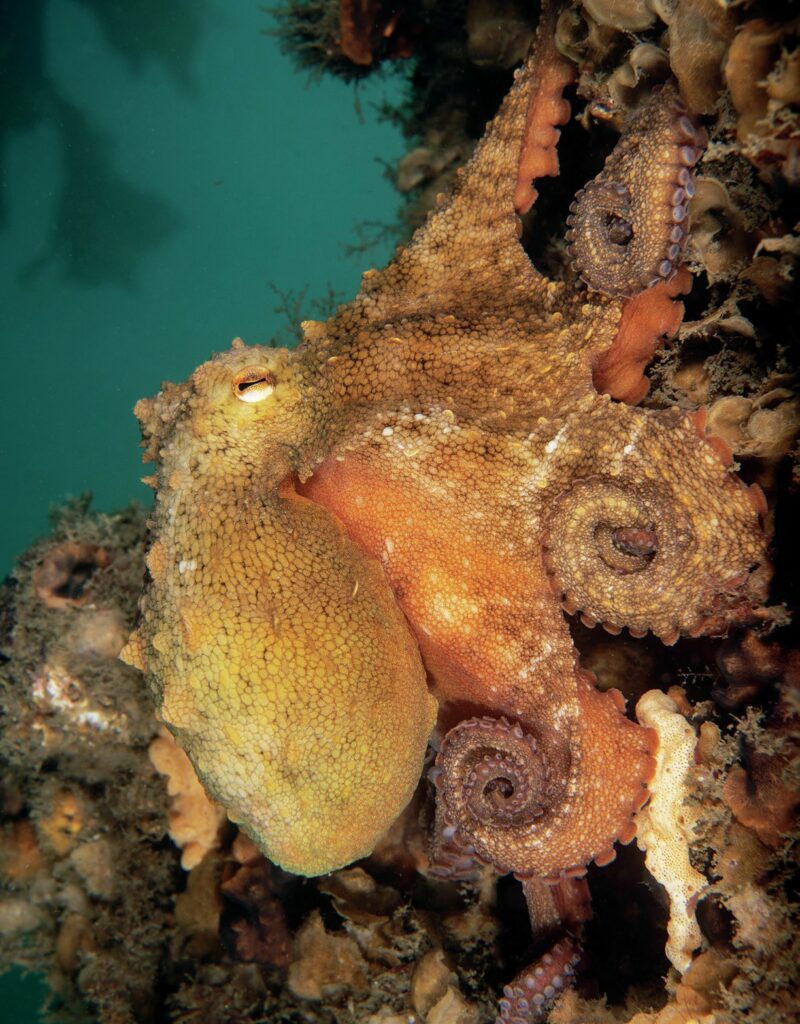
There are a few purposely sunk wrecks just beyond the jetty which lie in about 15m depth which are normally surrounded by schooling old wives, ball of catfish, frogfish and more nudibranchs. This is where you will also sometimes see the larger schooling fish such as king fish. To swim to the wrecks, it is better to go when the visibility is at its best.
Chowder Bay has something for everyone, with the average depth about 6m-8m and around the nets about 3m, which is great for just snorkelling. Beware of fishing lines and hooks when under the jetty and always carry scissors or knife in case you get tangled. The bay itself also offers coffee shops and shower block facilities and in summer months you need to get there early due to parking.
Protecting Chowder Bay and its Marine Life
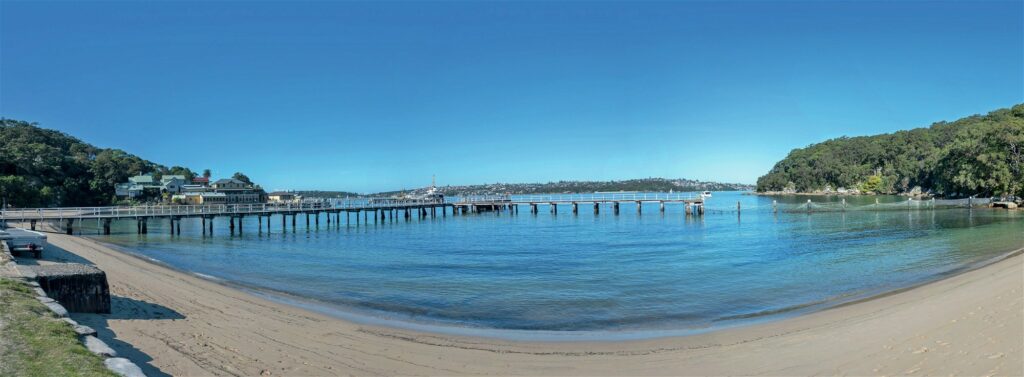
Chowder Bay is a very special place, and to help protect it, we formed a group – Friends of Chowder Bay – of dedicated divers, snorkellers and supporters. With support from Mosman Council, Tourist Authority of Thailand (Australia) and Mosman Gin, we have regular clean ups both in the ocean and on the shore, we hope to keep the area and its marine life safe for many years to come.
Photographs by Jayne Jenkins
This article was originally published in Scuba Diver ANZ #53.
Subscribe digitally and read more great stories like this from anywhere in the world in a mobile-friendly format. Link to the article
